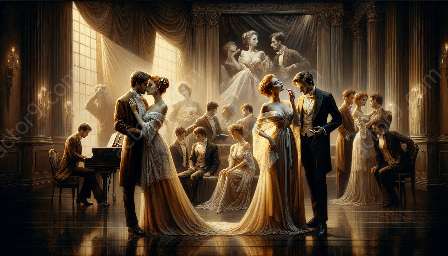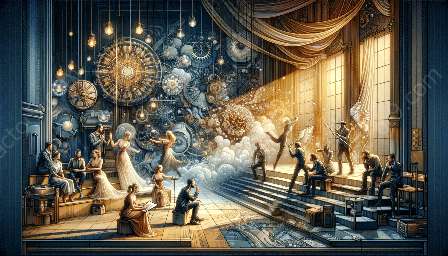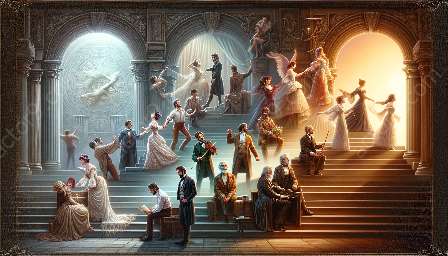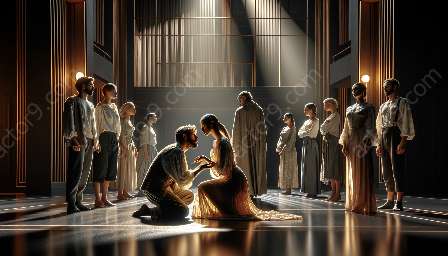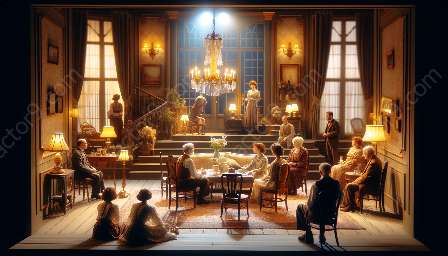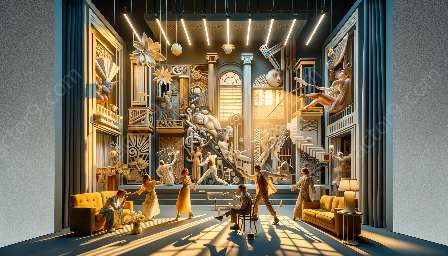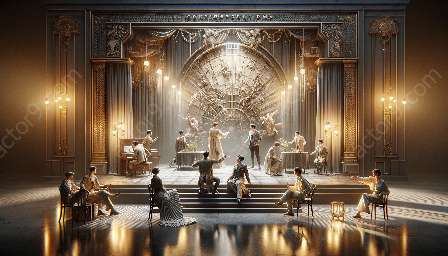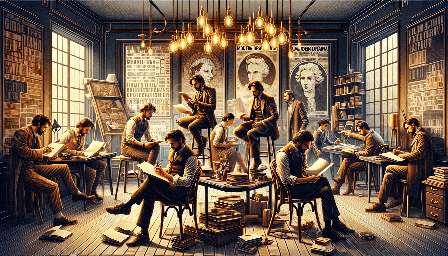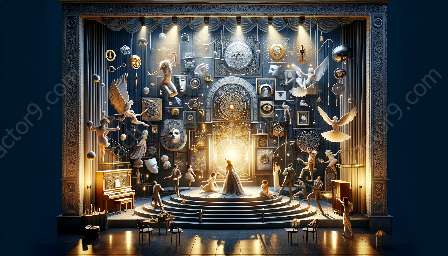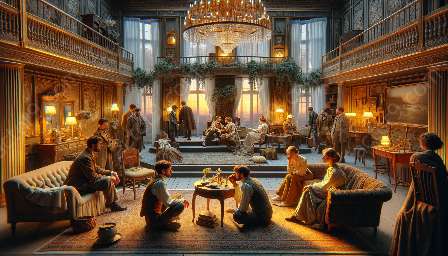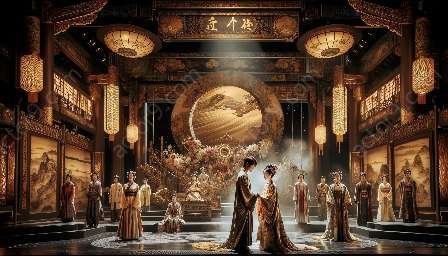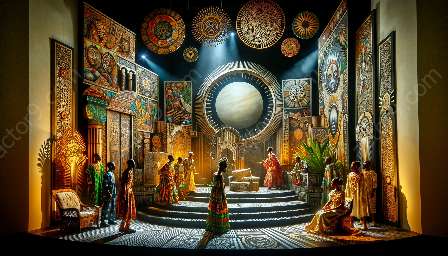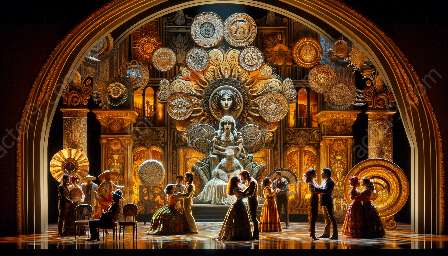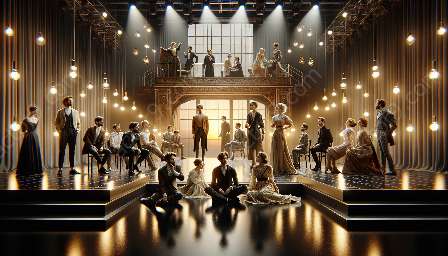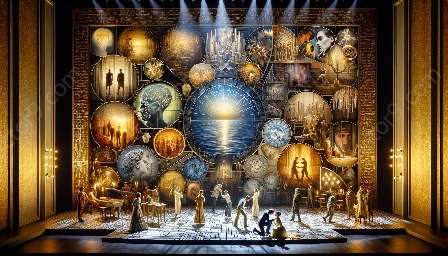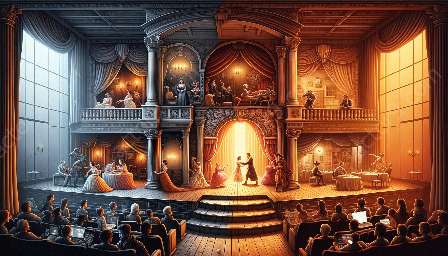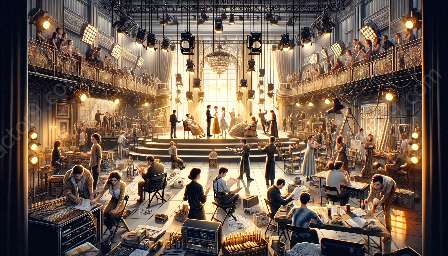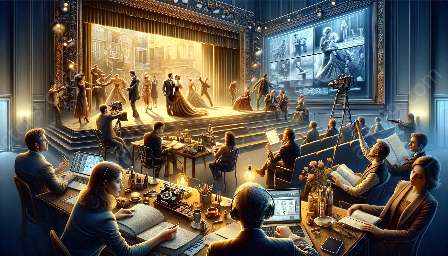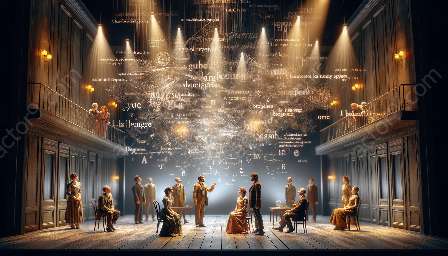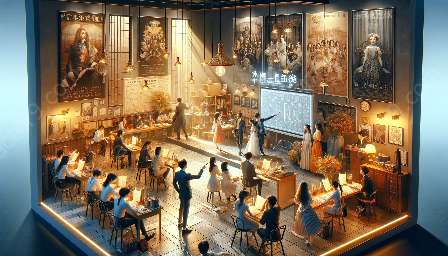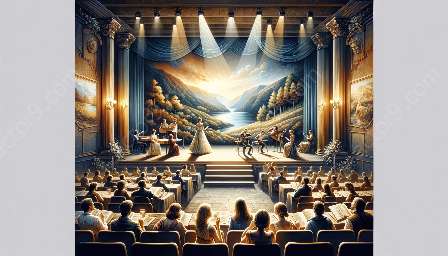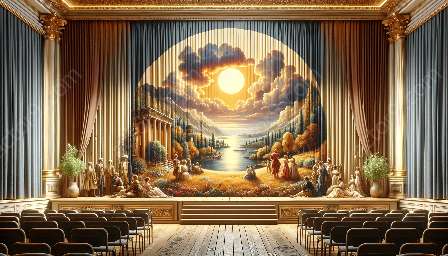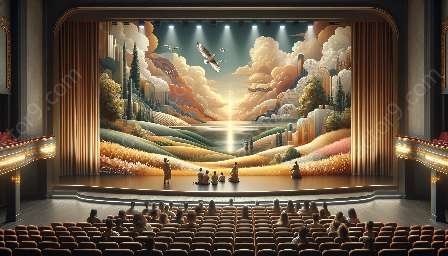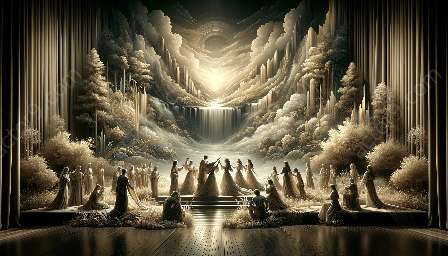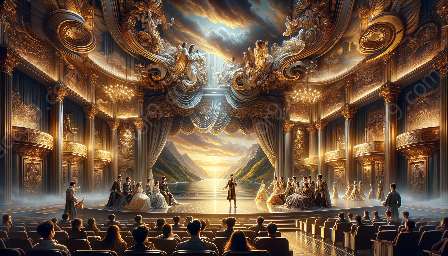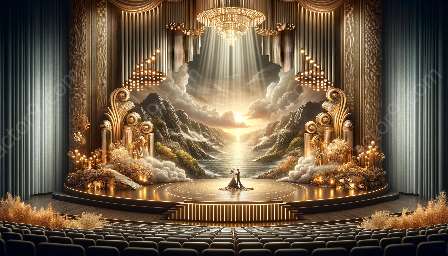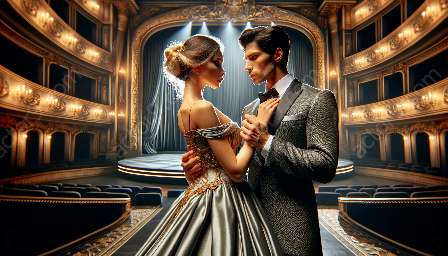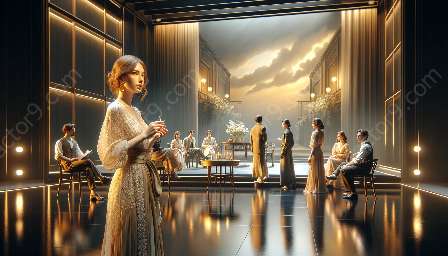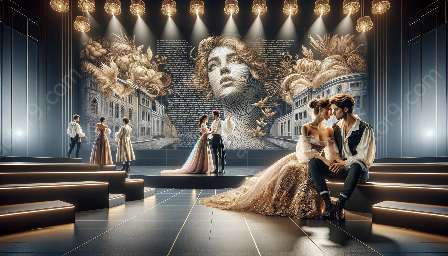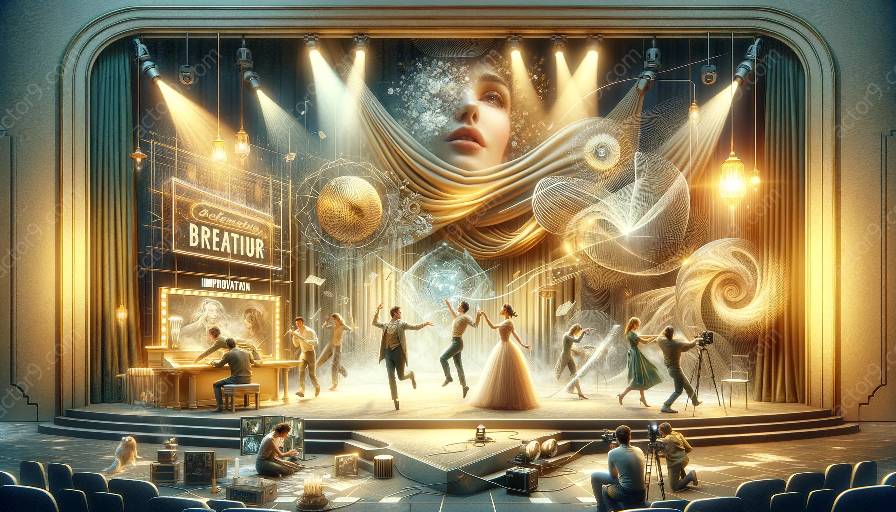Modern theater has witnessed a significant shift in storytelling techniques, with non-linear storytelling gaining popularity and reshaping the way stories are presented on stage. This topic cluster will delve into the use of non-linear storytelling in modern theater productions, its compatibility with modern dramatic techniques, and its impact on modern drama.
Non-Linear Storytelling Defined
Non-linear storytelling, as the name suggests, involves the presentation of events in a non-chronological order. This means that the story does not unfold in a linear fashion, where events occur in a sequence from beginning to end. Instead, non-linear storytelling allows for a more intricate and multi-layered approach to narrative construction, often employing techniques such as flashbacks, flash-forwards, multiple perspectives, and fragmented storytelling.
Integration with Modern Dramatic Techniques
Modern theater has embraced non-linear storytelling as a tool to enhance the impact and depth of dramatic works. By incorporating non-linear narrative structures, playwrights and directors can challenge traditional conventions and engage audiences in new and compelling ways. This integration has led to the exploration of complex themes, character developments, and emotional arcs that may be difficult to convey through linear storytelling.
Character Development and Complexity
Non-linear storytelling allows for the examination of characters from various points in time, shedding light on their motivations, conflicts, and relationships. This technique enables playwrights to delve deeper into the complexities of human experiences and psychology, offering audiences a more nuanced understanding of the characters' journeys.
Engagement and Audience Participation
Non-linear storytelling encourages active engagement from the audience, as they are required to piece together the fragmented narrative and make connections between disparate events. This interactive experience can ignite a sense of curiosity and intellectual stimulation, as viewers become immersed in deciphering the complexities of the non-linear narrative.
Exploration of Themes and Perspectives
Modern dramatic techniques, when combined with non-linear storytelling, provide a platform for the exploration of diverse themes and perspectives. By defying chronological order, playwrights can juxtapose contrasting moments in time, allowing for a deeper examination of social, political, and existential themes.
Impact on Modern Drama
The use of non-linear storytelling has significantly influenced modern drama, offering a departure from traditional linear narratives and infusing contemporary works with fresh energy and dynamism. This approach has contributed to the evolution of storytelling, expanding the possibilities for theatrical expression and challenging audiences to reevaluate their expectations of dramatic experiences.
Artistic Innovation and Experimentation
Non-linear storytelling in modern theater has driven artistic innovation and experimentation, as playwrights and directors push the boundaries of narrative structure and form. This spirit of creativity has led to the development of bold and unconventional works that defy easy categorization, captivating audiences with their inventiveness and non-conformity.
Emotional Resonance and Poetic Realism
Non-linear storytelling has the power to evoke deep emotional resonance and create a sense of poetic realism within modern drama. By weaving together disparate moments and emotions, non-linear narratives can generate a heightened sense of poignancy and authenticity, amplifying the emotional impact of theatrical performances.
Revitalization of Classic Works
Non-linear storytelling has breathed new life into classic works of theater, offering reinterpretations and reimaginings that inject modern sensibilities into timeless stories. This revitalization has sparked renewed interest in the theatrical canon, attracting younger audiences and fostering a sense of continuity between the past and the present.
Conclusion
The use of non-linear storytelling in modern theater productions has proven to be a transformative force, enriching the landscape of modern drama and offering new possibilities for artistic expression. By embracing non-linear narrative structures and exploring their compatibility with modern dramatic techniques, theater practitioners have reinvigorated the theatrical experience, inviting audiences to engage with stories in deeper, more immersive ways.

